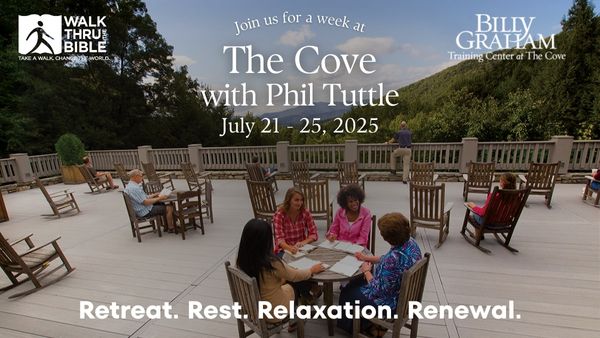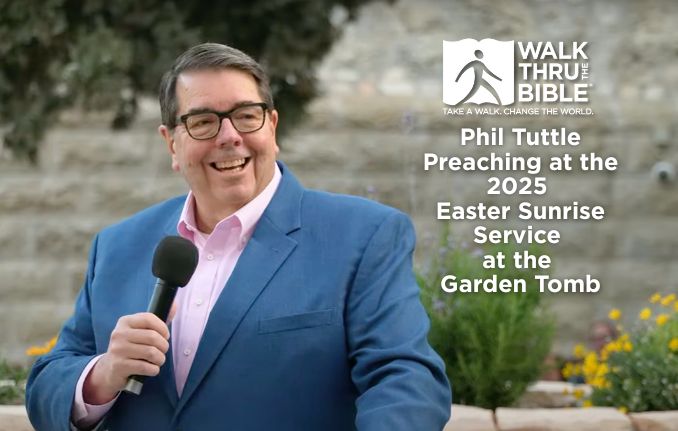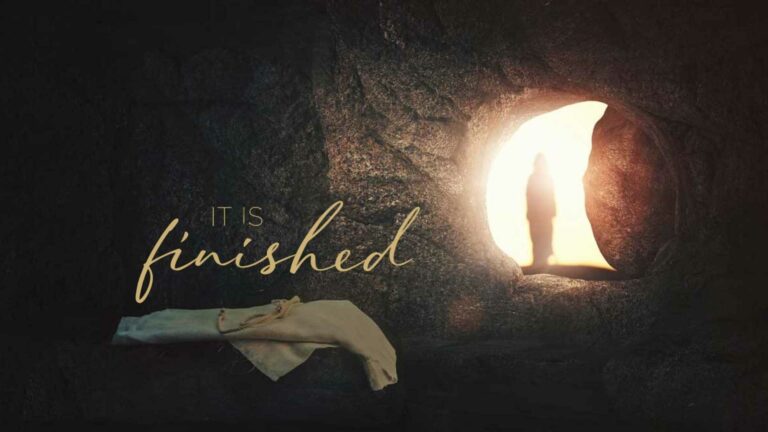
Join us at The Cove this Summer!
Join us for a week of teaching, time with God, fellowship, nature, and more at The Cove: A Billy Graham Training Center. July 21-25, 2025!
Read MoreA few years ago, my wife, Molly, and I took our three sons to Disney World. Disney World’s a crazy place, and this was a crazy trip. It started with a car breakdown and ended up with a kid in urgent care. It turned out all right, but it was a crazy time.
One night, instead of eating dinner at Disney, we went to a restaurant in Orlando. It was late. The kids were tired and hungry. As we sat down in the booth, we got kids’ menus with coloring activities to keep them entertained until the food came.
Now, we’re normally not the kind of parents that let our kids lay down and nap in restaurant booths, but in Orlando, all bets are off. Our middle son, who was maybe eight at the time, was just done. So he laid down in the booth and I thought he was asleep. Then suddenly, he sat up, grabbed a crayon, did the maze on the kids’ menu, and laid back down.
It was funny, how fast it happened. So I looked at the menu and laughed out loud. The picture in the maze was a waterfront. The starting point was at one point of the seawall and then went down in the water, through a boat, with all these dead ends and twists and turns, and ended back on the dock. But my son with his crayon instead of working his way through the maze simply drew a straight line down the sidewalk and got to the finish line in record time. He was finished and stretched out on the bench again.
This reminds me of why so many of us struggle with reading the Bible. We want an experience like my son drew: a straight line. We want to go right to the answer: What does the Bible say about fill-in-the-blank? What does it say about immigration? Giving? Politics?
We come to the Bible looking for answers to questions we’re asking, and we want a straight-line experience: start to finish, with no twist and turns. But the Bible isn’t like that. The Bible is written in dozens of literary genres over thousands of years through historical context and stories and genealogies and lists of rules. In terms of getting answers to our questions, the Bible is written like the maze with twists and turns. Many Bible readers get frustrated because it’s not a simple answer book.
So often, when we read the Bible, we want it to be a self-help, quick answer, guide to life—a reference book. But it doesn’t always work that way.
Scholar and literary critic Adam Kirsh has written, “Only in a few places does [the Bible] offer straightforward moral counsel. Depending on where you read in it, the Bible might give you the impression that is mainly composed of genealogies and agricultural regulations. The gulf between what readers expect to find in the Bible and what they are actually given produces a kind of paralysis.”
We want simple answers to our questions, but the Bible is a grand drama that unfolds in stories over thousands of years. And so, we’ve changed the way we read the Bible. And in some ways, we’ve even changed the Bible that we read.
Features we have come to expect in the Bible are actually fairly modern additions. Chapter numbers weren’t added to the Bible until the 13th century, by Stephen Langton, Archbishop of Canterbury, when he was writing a commentary and needed to give people a way to find the Scripture that he was writing about. Verse numbers were added by Robert Estienne in the 16th century; he added them as he was creating a concordance. These are relatively recent additions added as reference tools to be able to look things up.
Along the way, we added columns, because it’s easier for Bible publishers to bind the whole thing into one book. We started including section headings and color-coded verses in red letters, followed by commentaries, footnotes, and devotions. We started publishing the Bible in ways that are marketed to our own interests, that help us read the sections of the Bible that have the most relevance to us.
These things are useful reference tools. I’m not being critical of them. After all, Walk Thru the Bible uses tools like these to help people live God’s Word. But they have changed how we engage with the Scriptures. We’ve trained our minds to read in small units—to stop at verses, chapters, and section headings—when the Bible wasn’t written to be read that way. They encourage us to think about the Bible as a reference book. And how we read a reference book is vastly different than how we read a novel.
Now if as I mentioned in my last post, we tend to disengage from Scripture because of self-serving desires and listening to only what we want to hear—which Paul warned against in 2 Timothy—and if the tools we’ve added to the Bible have changed the way we read it (in small, bite-sized sections), then we aren’t being nourished by the full, rich bounty of Scripture the way God intended.
So what do we do? We need to rediscover it all. All Scripture is God-breathed, Paul tells us in 2 Timothy, so we need to engage with all of God’s Word.
Here are three ways to do that:
When we use these ways to break the pattern we’re accustomed to, we can engage with Scripture in a new and fresh way. And when that happens, we begin to rediscover all.
*****
by Michael Gunnin, Walk Thru the Bible’s Chief Growth Officer

Join us for a week of teaching, time with God, fellowship, nature, and more at The Cove: A Billy Graham Training Center. July 21-25, 2025!
Read More
As we observe Holy Week and celebrate our Risen Savior, I wanted to let you know that our Walk Thru the Bible President, Phil Tuttle, will be preaching the Good Friday Service (Friday, April 18) as well as the Easter Sunrise Service at the Garden Tomb in Jerusalem this Sunday.
Read More